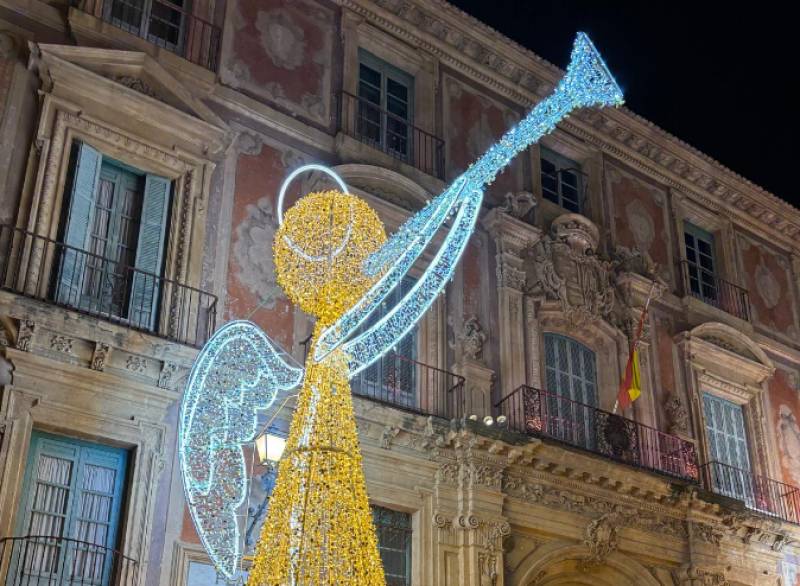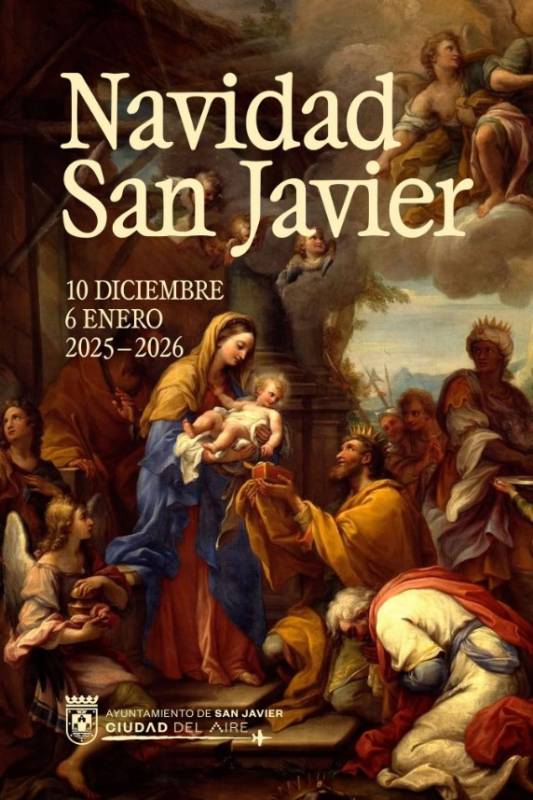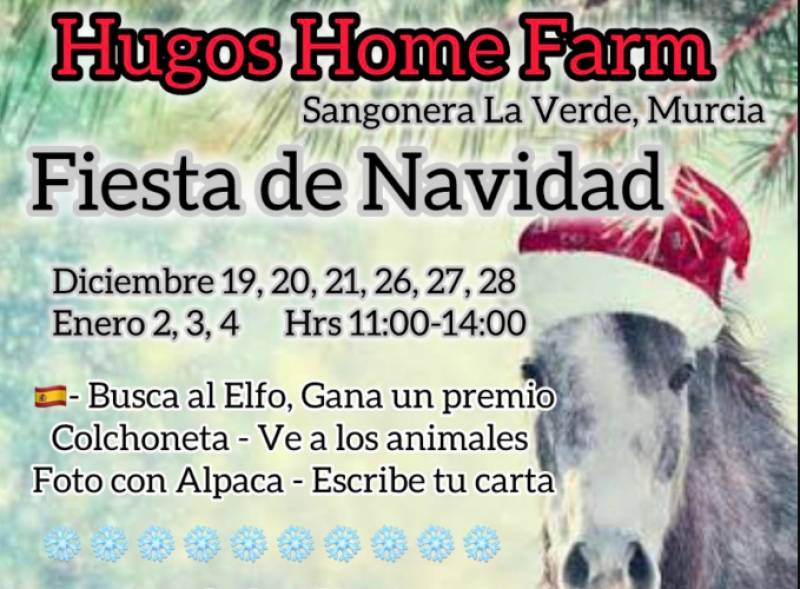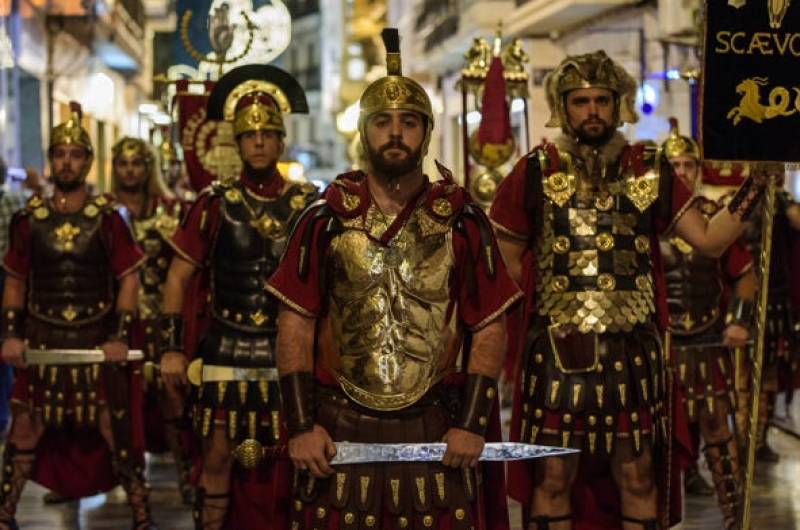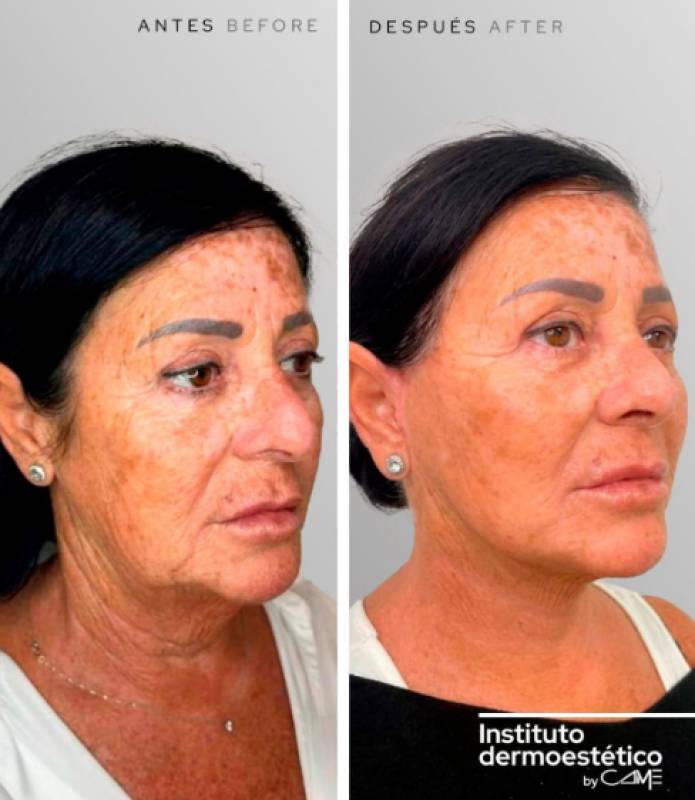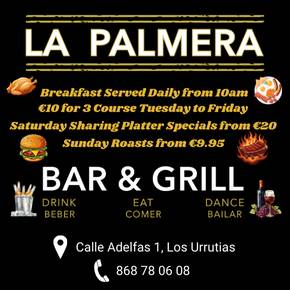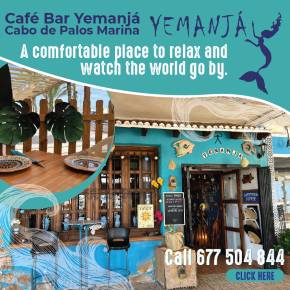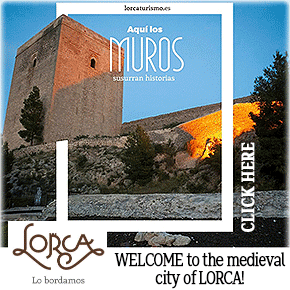- Region
- Vega baja
- Marina Alta
- Marina Baixa
- Alicante
- Baix Vinalopo
- Alto & Mitja Vinalopo
-
ALL TOWNS
- ALICANTE TOWNS
- Albatera
- Alfaz Del Pi
- Alicante City
- Alcoy
- Almoradi
- Benitatxell
- Bigastro
- Benferri
- Benidorm
- Calosa de Segura
- Calpe
- Catral
- Costa Blanca
- Cox
- Daya Vieja
- Denia
- Elche
- Elda
- Granja de Rocamora
- Guardamar del Segura
- Jacarilla
- Los Montesinos
- Orihuela
- Pedreguer
- Pilar de Horadada
- Playa Flamenca
- Quesada
- Rafal
- Redovan
- Rojales
- San Isidro
- Torrevieja
- Comunidad Valenciana
November 6 to December 28 The Fakes of Totana, an exhibition in Jumilla
The fake archaeological relics created by two enterpirising fraudsters in Totana are now viewed as works of art
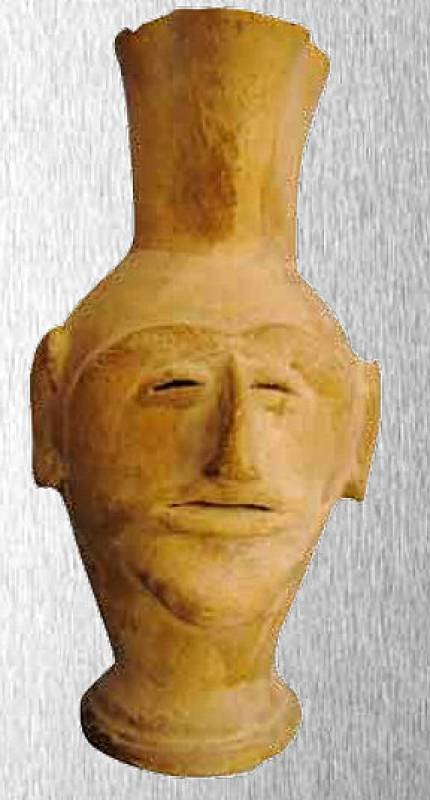 Unfortunately (in the eyes of most people), the history of fake archaeological relics dates back almost as far as the history of archaeology itself, but despite the fraudulent nature of their business some of the fakers are regarded as true masters of their craft.
Unfortunately (in the eyes of most people), the history of fake archaeological relics dates back almost as far as the history of archaeology itself, but despite the fraudulent nature of their business some of the fakers are regarded as true masters of their craft.
This is the case of “El Corro” and “El Rosao”, two individuals from Totana in the south-west of the Region of Murcia who flooded museums throughout Europe with their brilliantly detailed falsifications. The Archaeology section of the Museo Municipal Jerónimo Molina actually owns one of the largest collections of their work, perhaps the largest, and is holding this exhibition of items until December 28th during normal museum opening times (Tuesday to Saturday 10.00 to 14.00 and 17.00 to 20.00, Sundays and public holidays 11.00 to 14.00, closed on 25th December).
El Corro and El Rosao were part of the team excavating the 4,500-year-old site of La Bastida near Totana, working for nothing more than a bite to eat and a glass of wine every day, and in fact they were barely literate. However, they were excellent and clever craftsmen and soon began to copy the artifacts which were being incovered at La Bastida.
After completing their own clay pots they daubed them with horse excrement and left them for at least a week on the beaches of Águilas, giving them an aged appearance. Soon, their work attracted the attention of Belgian brothers Henri and Louis Siret and Pierre París, the director of the Louvre, who were fooled and soon their fake artifacts were on display in the largest museum in Europe!
Their fraudulent career ended when they were tripped up by their own ignorance and ambition: impressed by their findings, the parish priest of Totana presented them with a book containing images of ancient Aztec pottery from Mexico. They viewed this as a challenge and began to copy these items too, claiming they had found them in La Bastida, and their deception was brought to light.
For more local news, events and visiting information go to the home page of Jumilla Today.
staff.inc.ali
Oficina de Turismo Jumilla
The tourist office in the centre of Jumilla is easily found by driving straight into the centre of the town along the Avenida de Murcia and following the signposts. The tourist office is alongside the Parque de Don Albano Martínez Molina, where there are a number of parking spaces.
Jumilla, in the north of the Region of Murcia, has become internationally famous over recent decades due to the quality of the wines produced in the municipality, and wine tourism has begun to attract visitors from other parts of Spain and the rest of Europe.
The tourist office is happy to provide a range of maps and leaflets showing the different bodegas which can be visited within the municipality. Some of these form part of the Rutas del Vino de Jumilla, the Jumilla wine route, and can either be visited as a guided tour or sell their produce directly to the public.(see feed below for more details)
However, the town and the surrounding countryside have plenty of other attractions for visitors, and the popularity of Jumilla wines is leading more and more people to discover other facets of the tenth largest municipality in Spain.

These include the spectacular countryside and birdlife in the Sierra del Carche, the historic remains which range from cave paintings and a Roman mausoleum to the castle, the Iglesia de Santiago, the Town Hall and the Teatro Vico, and the gastronomy: rich stews are accompanied not only by the wines of the area but also by Jumilla pears, which also enjoy Denomination of Origin status.
Tourism in Jumilla is not as seasonal as it is in the coastal areas of the Region of Murcia, but the town is at its liveliest during the fiestas in Holy Week and the August Fair, which incorporates the grape harvest celebrations and the Moors and Christians parades.
The Altiplano of the Region of Murcia, which consists of the municipalities of Jumilla and Yecla, is only just over an hour by car from the Mar Menor, Cartagena, Mazarrón, Torrevieja and Alicante, and anyone wishing to visit real inland Spain and world-class wineries is advised to include Jumilla in their schedule.
Opening hours
Summer
Tuesday to Friday from 10am to 2pm
Saturday and Sunday 10am to 2pm
Monday closed
Winter
Tuesday to Friday from 10am to 2pm and 5pm to 7pm
Saturday and Sunday 10am to 2pm
Monday closed
Click for full information about visiting the Jumilla municipality and its wine bodegas: Jumilla section















